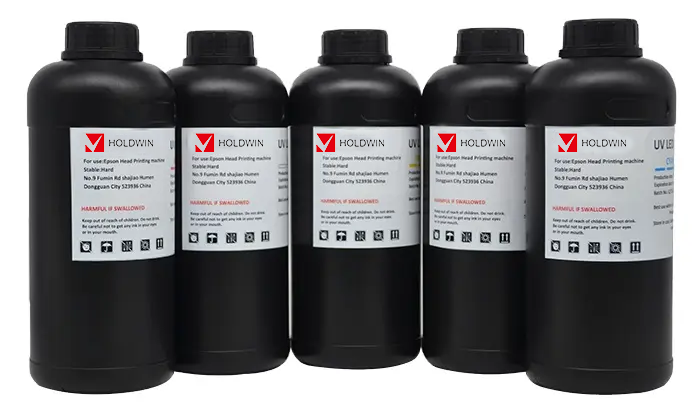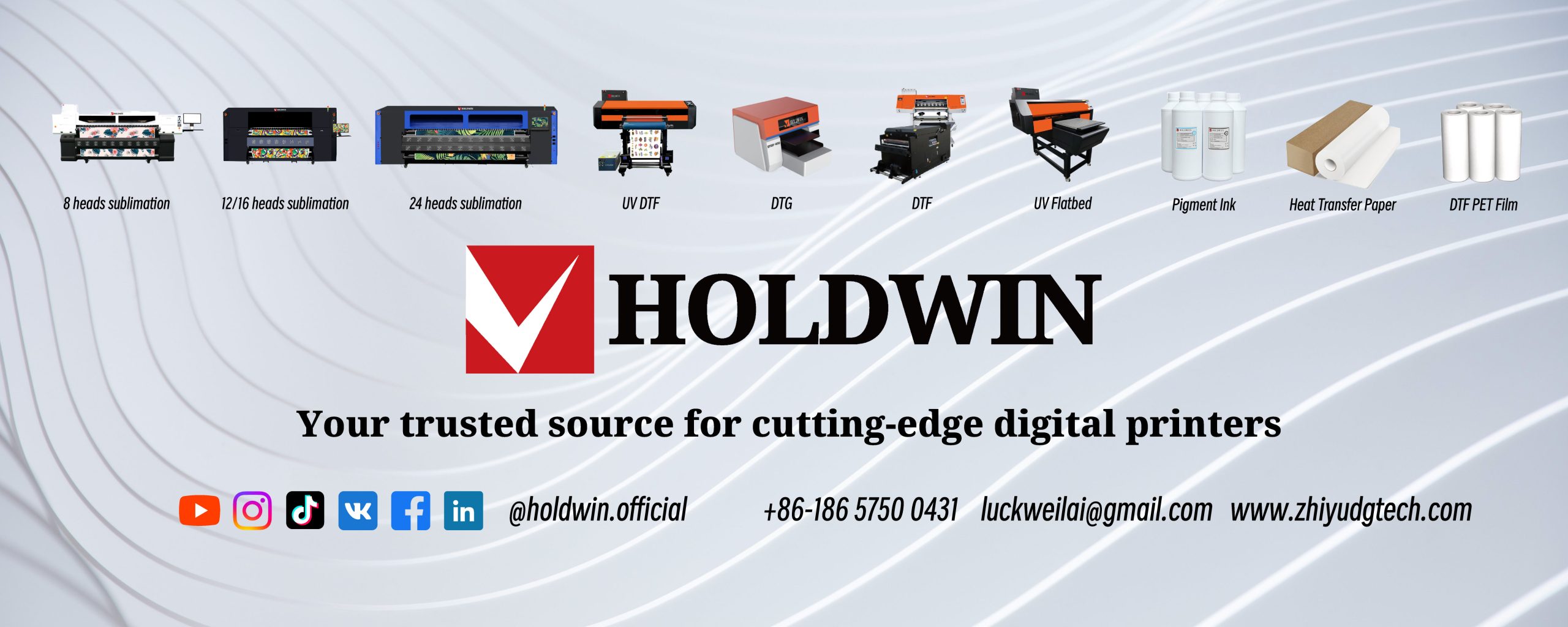
In the textile industry, digital printing has revolutionized the way designs are brought to life on fabric. However, as digital printing continues to grow, so does the demand for environmentally friendly and energy-efficient technologies. Consumers and brands alike are increasingly mindful of sustainability, pushing for methods that minimize waste and reduce environmental impact. This article explores how HOLDWIN, a pioneering brand in digital textile printing, is advancing energy efficiency and eco-friendly solutions to meet these evolving demands. Through state-of-the-art technology and a commitment to sustainability, HOLDWIN empowers textile manufacturers, fashion designers, and industry leaders to make choices that align with both business and environmental goals.

As digital textile printing expands, so does the industry’s energy footprint. Traditional printing methods often require high energy input due to lengthy setup times, inefficient ink utilization, and frequent cleaning processes that consume both power and water. In response, digital printing technology has introduced automation and precision-driven machinery to streamline these processes, but further innovations are needed to address energy use. HOLDWIN’s technology tackles this by developing high-efficiency printers that operate on less energy without compromising print quality. A recent study reveals that energy-efficient printers can reduce operational costs by up to 30% (Smith & Allen, 2022), benefiting both the environment and the bottom line for textile businesses.
Environmental impact is a central focus in digital printing, especially as textile companies strive to reduce water pollution and waste. Innovations in ink technology, such as water-based and non-toxic inks, have been crucial in this regard. HOLDWIN’s digital printers incorporate eco-friendly inks designed to minimize hazardous waste while achieving vibrant, long-lasting colors. Furthermore, our machines utilize a closed-loop system to optimize ink usage, significantly reducing waste. Advances in filtration technology also play a role, allowing for better management of air emissions and ensuring compliance with strict environmental regulations.

HOLDWIN has implemented multiple strategies to enhance the energy efficiency of its digital textile printers. By incorporating energy-saving modes, variable power settings, and heat-recycling technology, HOLDWIN machines reduce energy consumption during both standby and active operation. The printers’ LED curing technology also contributes to energy savings, as LEDs consume significantly less power than traditional UV lamps while offering faster curing times (Johnson et al., 2021). This not only reduces electricity usage but also lowers the heat output, enabling better workplace safety and reduced cooling costs. HOLDWIN’s printers can be up to 40% more energy-efficient than comparable models, making them ideal for businesses aiming to decrease energy expenses.
Several printing methods used by HOLDWIN integrate energy-efficient and environmentally friendly practices. Sublimation printing, known for its minimal waste and vibrant output, is one of the most eco-conscious methods available. By applying heat to bond dye with fabric at the molecular level, sublimation printing produces no wastewater, making it an ideal choice for environmentally aware businesses. Direct-to-Film (DTF) printing and UV printing are also sustainable options due to their efficient ink transfer systems, which reduce ink waste and prevent excess chemicals from entering the environment. HOLDWIN’s machines are optimized for these processes, enabling high-quality, sustainable results that appeal to eco-conscious consumers.

HOLDWIN is dedicated to advancing sustainable textile printing technology on a global scale. By continuously innovating, HOLDWIN has developed products that meet international environmental standards, giving our clients confidence in making responsible choices. With manufacturing plants located in Shaoxing, Zhejiang Province, HOLDWIN has established a world-class R&D team focused on reducing energy use and waste in digital printing solutions. Our vision of becoming a globally recognized brand drives us to prioritize sustainable growth and collaborate with industry leaders to set higher standards for environmental responsibility in textile production.
“Since adopting HOLDWIN’s eco-friendly digital printing solutions, our company has significantly reduced its environmental footprint while maintaining the highest print quality. The machines are incredibly energy-efficient, and the eco-friendly inks have been a game-changer for our business. HOLDWIN’s commitment to sustainability aligns perfectly with our values, and we couldn’t be happier with the results.”
Energy efficiency and environmental technology in digital textile printing are no longer optional—they are essential for companies aiming to stay competitive and sustainable. HOLDWIN’s innovative solutions offer a pathway for textile manufacturers, designers, and industry players to embrace eco-conscious practices without sacrificing quality or efficiency. With advanced energy-saving features, sustainable ink options, and an unwavering commitment to reducing environmental impact, HOLDWIN is paving the way toward a more sustainable future for textile printing.
As digital printing continues to evolve, HOLDWIN remains at the forefront, providing personalized solutions that meet the needs of an environmentally aware industry. In doing so, HOLDWIN aims to contribute to a world where textile printing is both technologically advanced and sustainable.

Zhiyu is passionate about good products, good services, and good prices to let consumers know that choosing us is the right choice! For partners and end customers, we will provide one-on-one considerate smart services and provide you with more high-quality procurement solutions.